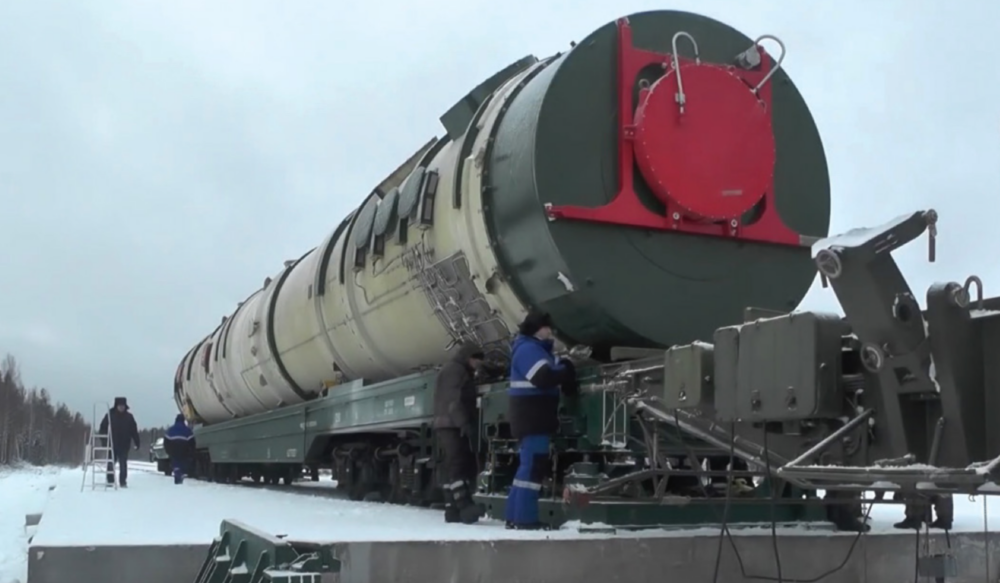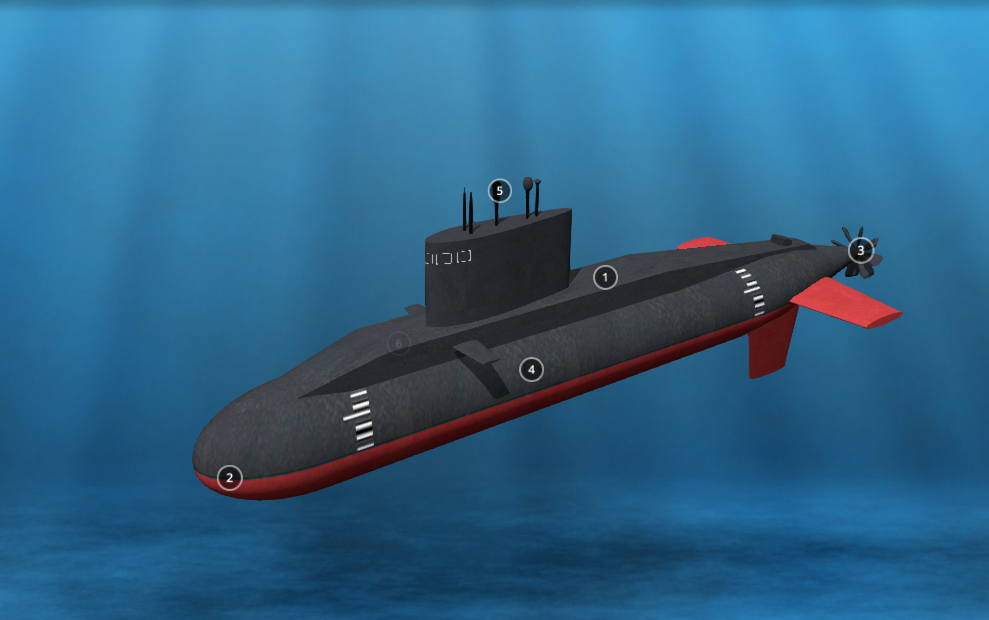
Jeffrey Lewis
Director of the East Asia Nonproliferation Program, The James Martin Center for Nonproliferation Studies
Resource Collection
This report examines how the information revolution, and especially social media, is changing the field of nonproliferation. The availability of these “new tools” is affecting not just how nongovernmental experts study the problem, but how governments behave too, with both experts and the general public participating in the verification of arms control, disarmament and nonproliferation agreements. We explore the versatility of the new tools by focusing on one particular nuclear detective story – a 2014 allegation that Iran had built a secret underground centrifuge facility – that was disproven by the open source community using new tools. The facility in question made identification documents, such as passports and ID cards, not nuclear material. Chapter 1 provides an overview on new tools and recounts the detective work that went into examining this facility, while subsequent chapters provide detailed explanations of each of the open source methods used and their broader applicability to nonproliferation policy. These new tools include commercial satellite imagery, computer-aided modeling, metadata, civil data, and social media.
Sign up for our newsletter to get the latest on nuclear and biological threats.
The first detailed, exclusively open-source assessment of the five new nuclear weapon systems announced by Russian President Vladimir Putin in 2018
Nuclear and tech experts know that all digital systems are at risk for cyberattacks—including nuclear weapons systems.
Using tools like commercial satellite imagery, radar, sensors, and media analysis, we can understand fleet details, construction, and potentially patrol patterns and behaviors.


